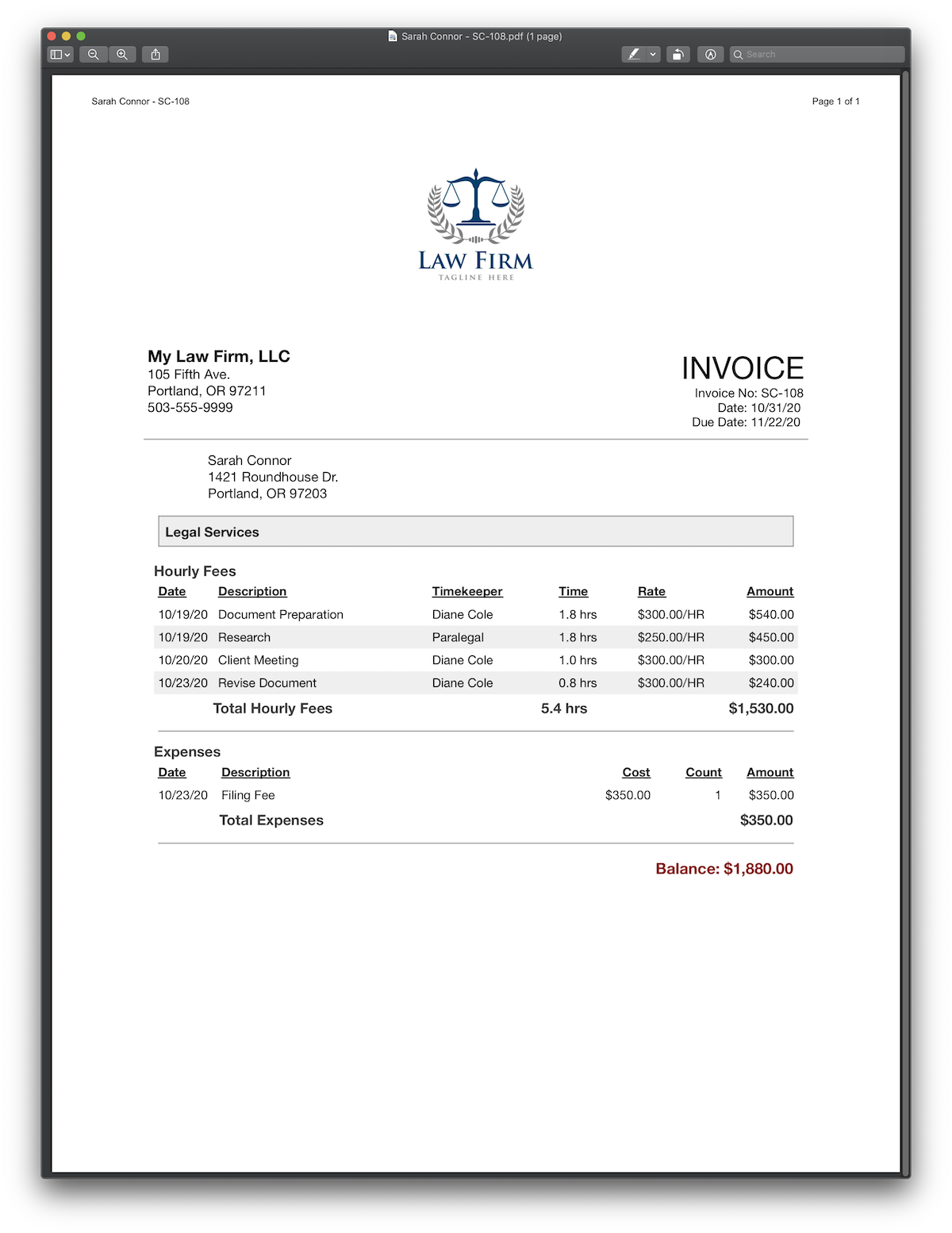
As a result, companies that pay for orders with a credit card may place smaller orders to ensure that they have enough funds to pay their credit card bill when it becomes due.Ĭertainly a customer needs to be credit worthy in order to get net payment terms or a credit card, and how credit worthy they are will determine what type of credit limit they will receive. If a credit card bill is paid even one day late, the credit card company will charge late fees and interest. Of course it is much more common these days for credit cards to get paid through a bank’s online bill pay system, but still this needs to get done one or two business days before the bill is due so that it doesn’t get paid late.

That means if you are mailing a check, you need to mail it a week early to ensure it arrives on time. With a credit card, the bill is due and must be paid by the date on the bill. This is just business as usual, and normally you would offer your customers a generous grace period to make payment before charging them interest. With net payment terms, it is normal for a bill to get paid late, oftentimes a customer may wait a week or two before mailing a check, and then you still need for the post office to deliver that check.
It is not unusual that a customer will pay a bill late, and this is probably one of the biggest differences between net payment terms and credit cards. So depending on when an order is shipped and the customer’s billing cycle, the customer may have anywhere between 15 and 45 days to pay for the merchandise. Normally credit cards offer two weeks to make a payment after the end of a month-long billing cycle. Net payment terms can also be broken up in installments, for example, 30-60-90 day terms allow the customer to pay a third in 30 days, another third in 60 days, and the final third in 90 days.Ĭredit cards are of course based on billing cycles. Net payment terms are typically 30 days, although it is not uncommon to see terms that are 45, 60, or 90 days. Plus, they are able to develop a good working relationship with their vendors that is mutually beneficial.īoth net payment terms and credit cards offer your customers time to pay for their merchandise, although not necessarily the same amount of time. They aren’t constrained as much by credit limits, making it much easier to place large orders. They don’t need to worry about what happens if they make a payment late. It gives them more time and better flexibility in paying for their orders.

Let’s compare some of the various features of these two payment options from both the customer’s and the vendor’s perspective.įrom a customer’s perspective, being offered net payment terms is very beneficial. However, while both of these methods offer your customers time to pay, there are major differences between the two methods. There are two ways of doing this, net payment terms and credit cards. Therefore, it is in the best interest of any wholesaler to allow their customers time to pay for their orders. Forcing a customer to pay for a product up front is a great way to kill a potential sale and what could amount to a long term relationship. Having time to pay for an order is important for any business in managing their cash flow.


 0 kommentar(er)
0 kommentar(er)
